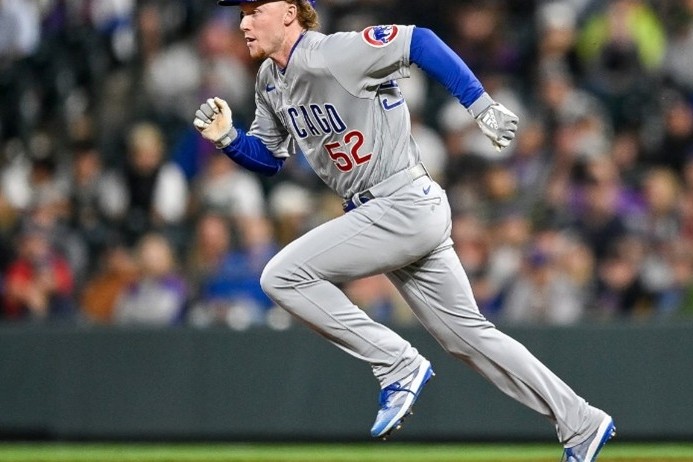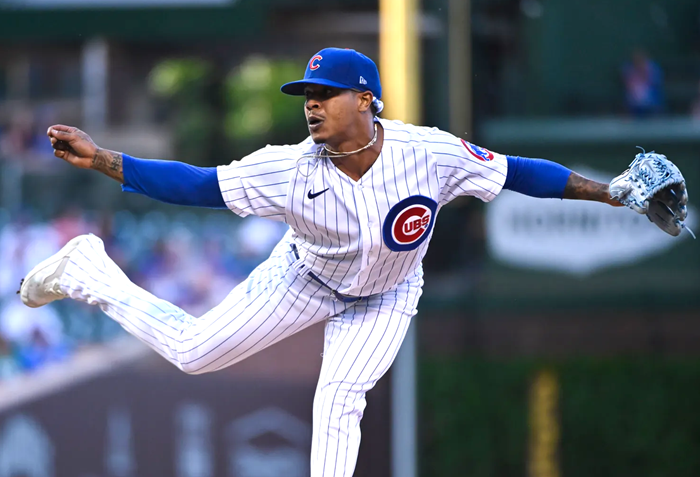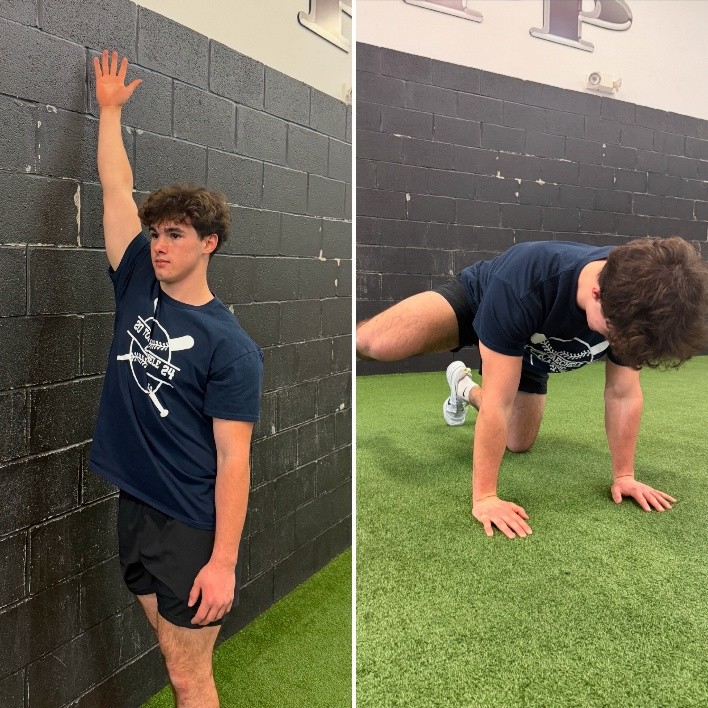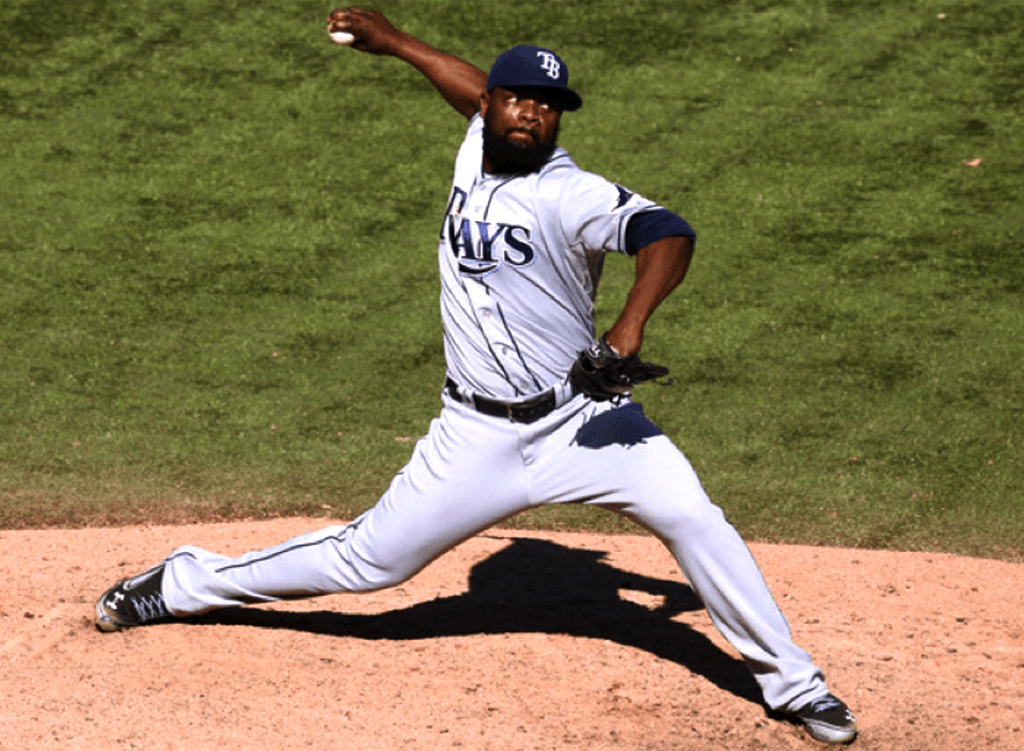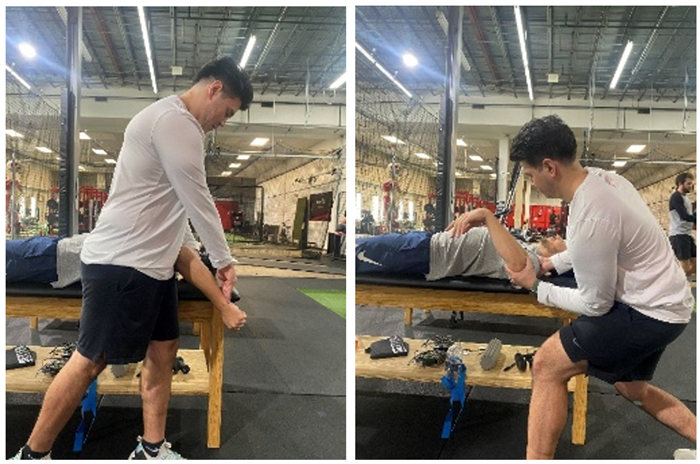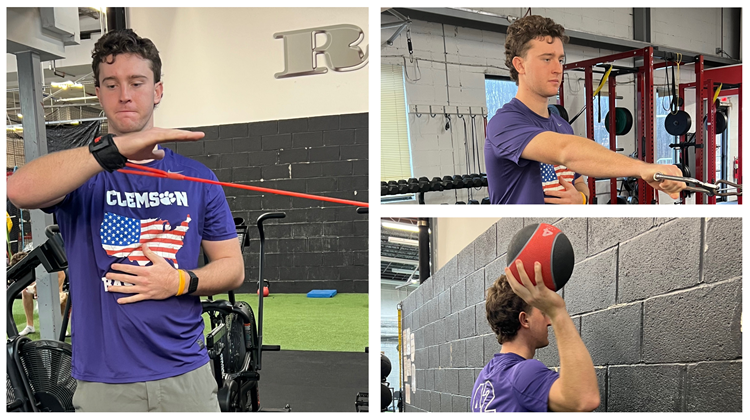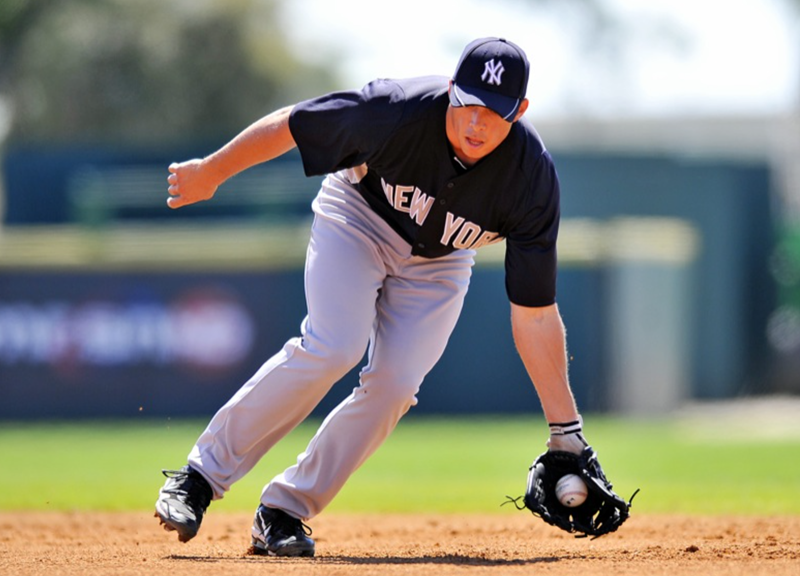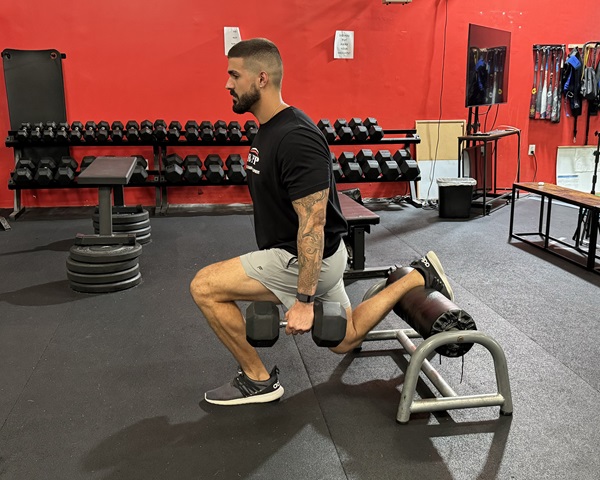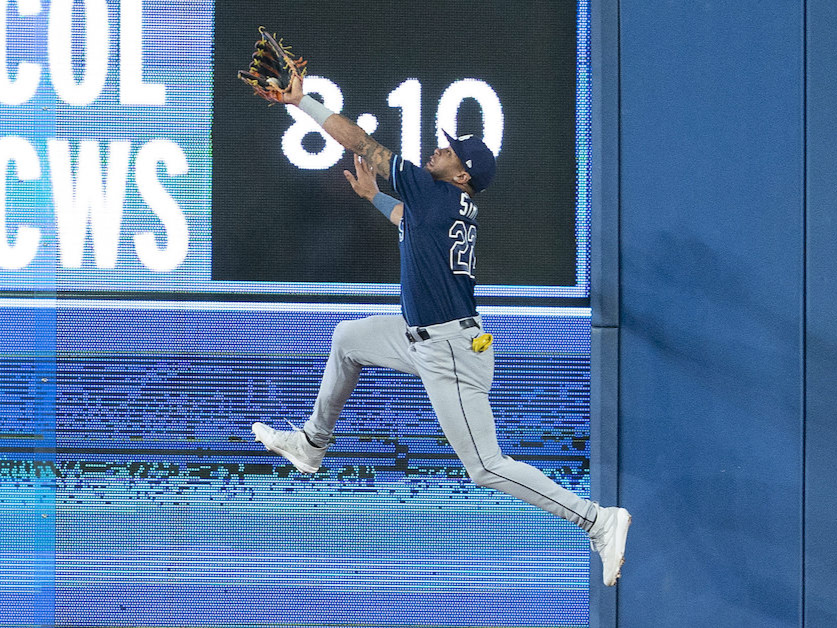
Elite pitchers and baseball players are not only strong but also explosive. This requires not only strength but the ability to apply that strength quickly and can be a bit more involved than simply training strength only. This is where plyometrics come in. Plyometric exercises typically involve rapid, powerful jumping and/or hopping movements preceded by a preloaded countermovement. This targets the fast-twitch muscle fibers, the primary muscles that are responsible for generating force rapidly, as in throwing or hitting a baseball or the initial take-off when attempting to steal a base.
Let’s get into it…
Continue reading “Increasing Speed and Power for Pitchers and Baseball Players through Plyometrics”

